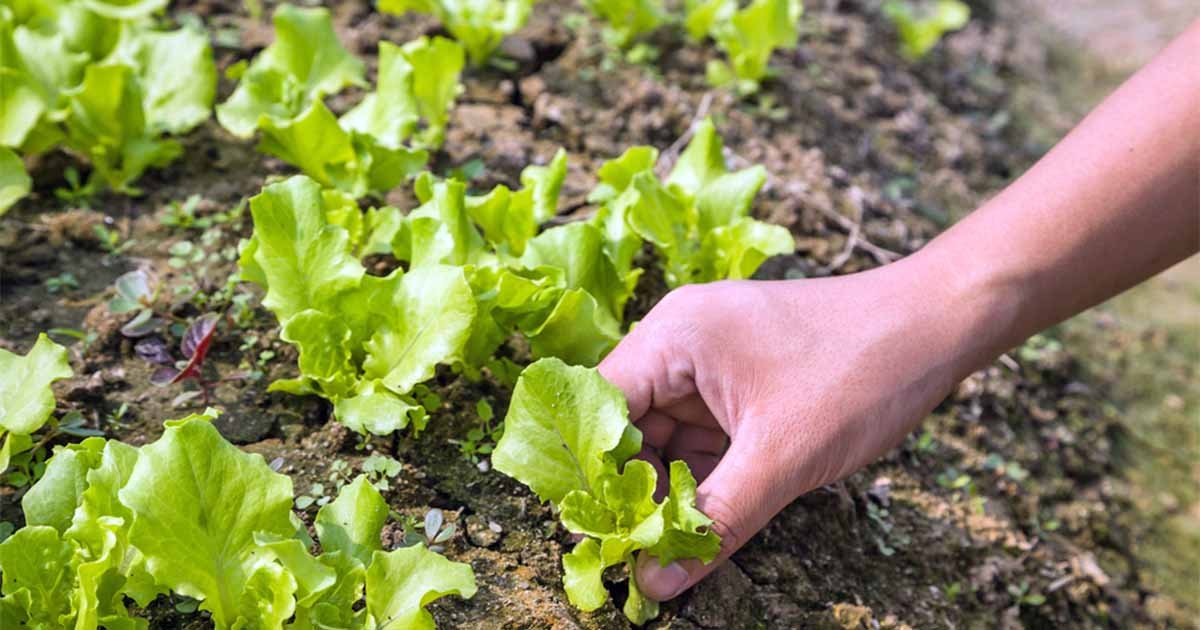Welcome, to an intriguing exploration into the world of plant regeneration. Today, we delve into an experiment that aims to grow lettuce without seeds, utilizing only the remnants of a harvested lettuce head. Let’s embark on this journey of discovery together.
1. Preparation and Setup
To begin this experiment, the first step is to procure a fresh lettuce head. While I am using romaine lettuce for this demonstration, any lettuce variety with intact stem bases will suffice. It’s crucial that the lettuce retains its stem base intact, as this is where new roots will emerge. Start by removing the outer leaves of the lettuce, ensuring a clean base for our experiment.
2. Initiating Growth
After preparing the lettuce heads, cut them approximately ten centimeters above the base using a sharp knife. Trimming off some outer leaves can aid in root development. For comparison purposes, I am using two lettuce heads in this experiment, ensuring a fair assessment of growth between them.
3. Water Propagation
Place the trimmed lettuce bases in a container filled with a shallow layer of water, enough to submerge the base by about a centimeter. Keep the container indoors away from direct sunlight to promote root growth without exposing the lettuce to stress.
4. Monitoring Progress
Over the next few days, monitor the lettuce bases regularly to ensure they have an adequate water supply. Around the third day, you may notice small leaf growth emerging from the center of the lettuce heads, indicating successful propagation.
5. Transition to Soil
Around day 14, root development becomes visible, signaling readiness for transplanting. Transfer the lettuce bases with developed roots into soil for continued growth. Consider using self-watering pots to maintain optimal moisture levels.
6. Observations and Learnings
As the experiment progresses beyond day 19, be cautious about exposing the lettuce to direct sunlight too soon. Premature exposure can lead to deformities and hinder growth. While the lettuce may show initial promise, it’s essential to note that regrown lettuce may not match store-bought quality due to limited nutrient access and root development.
7. Sustainable Practices
Beyond this experiment, consider composting discarded lettuce bases to enrich soil fertility and reduce waste. Sustainable gardening practices not only benefit your plants but also contribute positively to the environment.
Conclusion
In conclusion, while regrowing lettuce without seeds is indeed possible and promotes sustainable food practices, managing expectations regarding yield and quality is crucial. Experimenting with regrowth techniques not only enriches our gardening knowledge but also fosters a deeper connection to sustainable living.

